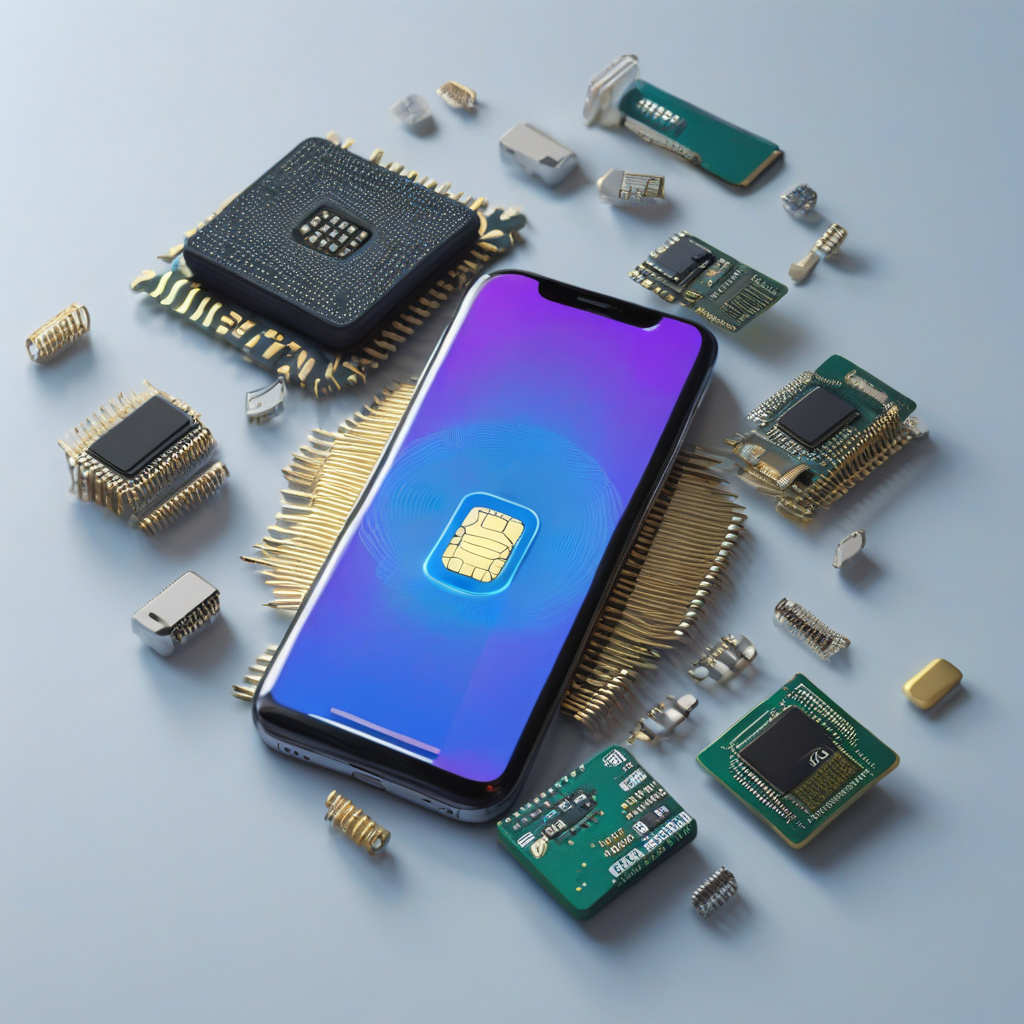In the rapidly evolving landscape of mobile technology, the rise of eSIMs is reshaping how we connect to networks. The Global System for Mobile Communications Association (GSMA) has documented a significant proliferation of eSIM technology across global mobile networks, marking a shift that was unimaginable just a few years back. As this digital transformation unfolds, it brings along a host of conveniences and efficiencies, but also raises pertinent privacy concerns that cannot be overlooked.
One of the primary privacy concerns associated with eSIM technology pertains to the collection and storage of user data. With eSIMs, sensitive information such as network preferences, device details, and location data is stored electronically. This data, if compromised, could potentially expose users to privacy breaches, identity theft, or unauthorized tracking. As such, robust security measures must be in place to safeguard this wealth of personal information from malicious actors.
Moreover, the centralized nature of eSIM technology raises questions about data control and user autonomy. Unlike traditional SIM cards that users physically possess and can easily remove from a device, eSIMs are embedded within the device and managed remotely by network operators. This centralized control over connectivity profiles could lead to concerns regarding data ownership, vendor lock-in, and limited freedom for users to switch between service providers without constraints.
Furthermore, the seamless connectivity offered by eSIMs introduces challenges related to user consent and transparency. As eSIMs facilitate automatic network switching and provisioning, users may find it challenging to track and manage their data usage effectively. This lack of visibility into network operations and data transfers could leave users vulnerable to hidden tracking, profiling, or usage monitoring without their explicit consent.
To address these privacy concerns effectively, stakeholders in the mobile ecosystem must prioritize transparency, security, and user empowerment. Network operators, device manufacturers, and regulatory bodies need to collaborate to establish stringent data protection protocols, encryption standards, and user consent frameworks that uphold privacy rights in the eSIM era. Additionally, educating users about the risks and benefits of eSIM technology is crucial to fostering informed decision-making and enhancing digital literacy.
In conclusion, while the proliferation of eSIM technology heralds a new era of connectivity and convenience, it also underscores the importance of safeguarding user privacy in the digital realm. By proactively addressing privacy concerns, implementing robust security measures, and empowering users with greater control over their data, the eSIM ecosystem can realize its full potential as a transformative force in mobile communications. As we navigate this paradigm shift, vigilance, collaboration, and a commitment to privacy by design will be essential in shaping a secure and trustworthy eSIM landscape for all.

